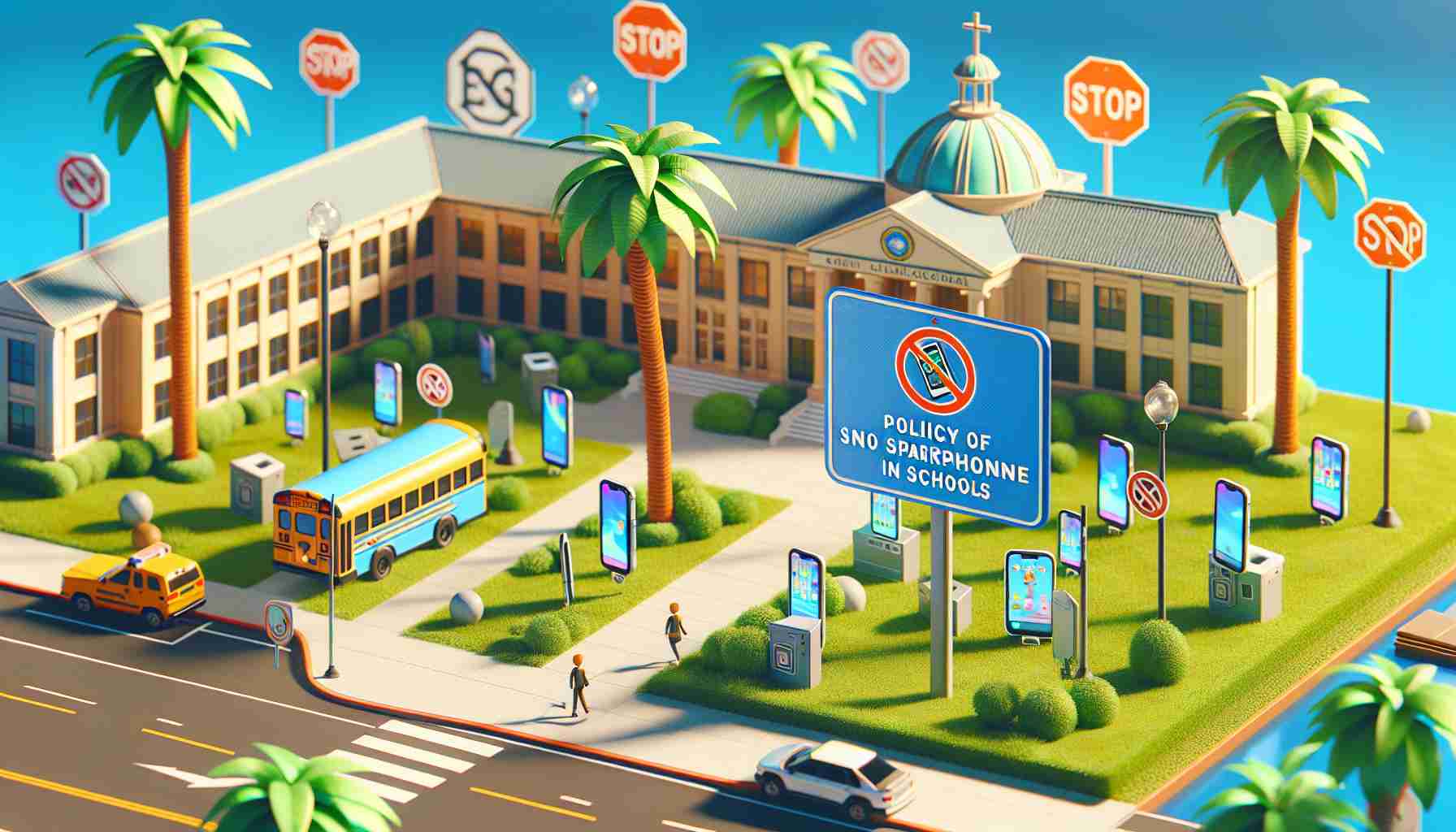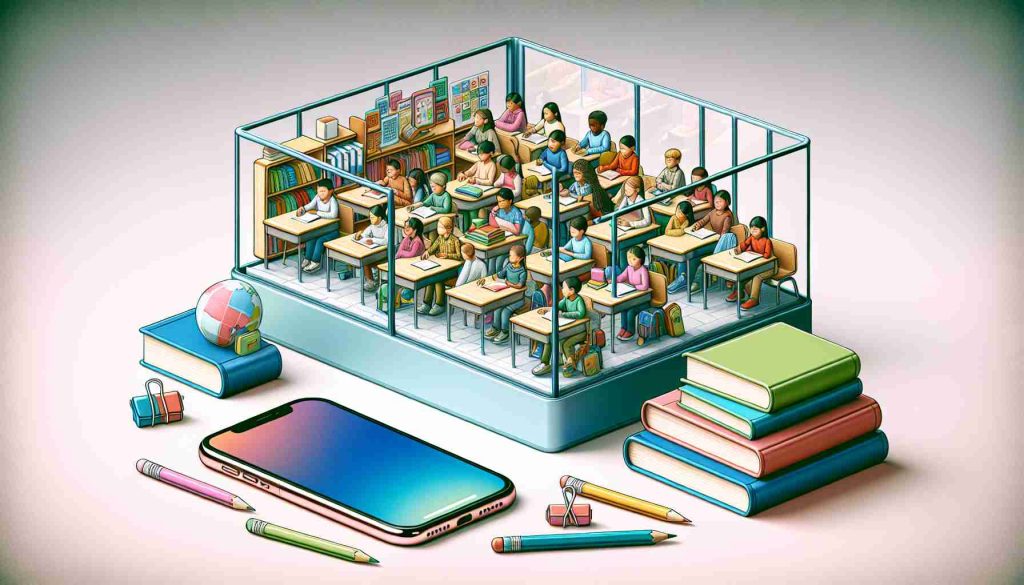In a significant move to enhance student well-being, California has enacted a new law that restricts smartphone usage in educational settings. Signed by Governor Gavin Newsom, this legislation aims to address concerns over the impact of excessive smartphone activities on students’ mental health and academic success.
This initiative is not isolated; rather, it is part of a nationwide effort, with numerous states enacting similar restrictions this year. The trend began with Florida, which banned cellphone use in classrooms to foster better learning environments. Subsequently, Los Angeles County joined in, enforcing a ban for its large student population.
Raising awareness about mobile device usage, the U.S. Surgeon General has issued strong recommendations regarding social media’s role in adolescent mental health. Studies show that excessive time spent on these platforms correlates with a rise in mental health challenges among young people. Recent statistics reveal that teenagers devote an average of nearly five hours daily to social media engagement.
The newly passed California law, which received overwhelming bipartisan support, mandates that all school districts develop policies to either limit or ban smartphone usage by mid-2026. These policies will be reviewed and updated every five years to adapt to the evolving educational landscape.
Governor Newsom expressed the urgency for such measures, highlighting the need for students to engage more with their surroundings rather than being preoccupied with screens. The law aims to curate a healthier academic atmosphere, focusing on fostering personal and intellectual development among students.
California Takes Additional Steps to Tackle Smartphone Distractions in Schools
In a proactive response to growing concerns about young people’s reliance on technology, California has not only enacted laws to limit smartphone use in schools but is also exploring comprehensive programs aimed at promoting digital literacy and mental well-being. The initiative represents the state’s commitment to reshaping the educational experience, ensuring that technology serves as a tool for learning rather than a distraction.
What are some key aspects of the new regulations?
The existing Californian law mandates that each school district must draft and implement its own smartphone policy by mid-2026. These policies are not merely punitive; they are meant to incorporate educational components about responsible smartphone use. Additionally, the law encourages schools to provide training for teachers and staff to effectively monitor and manage smartphone usage in classrooms.
Why is this movement gaining traction now?
The rise of smartphone addiction among teenagers, particularly during the COVID-19 pandemic when online schooling surged, has heightened awareness among educators and parents. Studies indicate that over 90% of teenagers in the U.S. own smartphones, facilitating access to various distractions during school hours. As a response, many districts across the country are reevaluating their technology policies to better support student learning.
Key Challenges and Controversies
1. Implementation Variability: One of the significant challenges lies in the diverse ways school districts may interpret and apply the law. Some districts may be overly restrictive, while others may lack enforcement measures, leading to inconsistent experiences for students.
2. Equity Issues: Critics have raised concerns about equity, arguing that restricting smartphone access could disadvantage students who rely on their devices for research and educational purposes. The need for balancing restrictions with access to the necessary educational tools is crucial.
3. Resistance from Stakeholders: Parents and students may have differing opinions regarding the law. Some parents support the measure as a means to mitigate distractions, while others view it as an infringement on students’ rights to use technology for their education.
Advantages and Disadvantages
Advantages:
– Improved Focus: Reducing smartphone usage in classrooms may significantly enhance students’ attention spans, leading to improved academic outcomes.
– Mental Health Benefits: Limiting access to social media during school hours can contribute to decreased anxiety and stress levels among students.
– Enhanced Social Interaction: By minimizing screen time, students can engage more meaningfully with peers and teachers, fostering a collaborative learning environment.
Disadvantages:
– Reduced Accessibility: Students who utilize smartphones for educational resources could face challenges if such devices are restricted.
– Practical Concerns: Enforcing smartphone policies may require additional training for staff and investment in educational tools to replace smartphone functions, leading to logistical concerns for some districts.
– Resistance from Students: Adolescents may resist the restrictions, potentially leading to conflict or disobedience in a school setting.
In conclusion, California’s law represents a broader shift in educational policy that recognizes the multifaceted relationship between technology and learning. As the state moves forward with its implementation, ongoing evaluations and adjustments will be essential to ensure that the benefits of this initiative outweigh the challenges.
For more discussion on educational policies related to technology use, visit ed.gov.























